Updated : 04/22/2024
Overview
The Wisconsin Uniform Building Code (PDF), is a model code developed by the Southeastern Wisconsin Building Inspectors Association (BIASEW). This model code has no statutory strength of its own except when lawfully adopted by a jurisdiction. The purpose of this code is to simplify the adoption for jurisdictions while providing an established set of provisions statewide that apply to regulations not covered in the Wisconsin Administrative Code (WAC).
SECTION 30.00 — SCOPE
The provisions of the WISCONSIN UNIFORM BUILDING CODE (THIS CODE) shall govern the design, construction, alteration, demolition & moving of all buildings & structures constructed prior to the effective date of the State of Wisconsin Department of Safety & Professional Services (SPS) Uniform Dwelling Code.
The WUBC combines both the UDC and the CBC into a single model building code. This code is specifically tailored to comply with jurisdiction's authorization to regulate construction as provided by state legislature and the WAC; therefore, there are no conflicts with the state's uniformity policy. These provisions apply to both commercial and residential construction.
Helpful resources for Wisconsin Uniform Building Code (Model Code), Wisconsin include the following.SECTION 30.03 — APPLICATION OF "WISCONSIN UNIFORM BUILDING CODE".
All buildings & structures hereafter erected, altered, repaired, moved or demolished that are used or designed to be used for the purpose herein defined shall comply in full with the requirements of THIS CODE.
(1.) ZONING LAWS — No provision of THIS CODE shall be construed to repeal, modify or constitute an alternative to any lawful zoning regulations.
(2.) NEW BUILDINGS — The construction requirements of the Wisconsin Uniform Building Code shall apply to all buildings not covered under Section 30.02.
(3.) EXISTING BUILDINGS — THIS CODE shall also apply to buildings & conditions described in this section.
(a.) An existing building to be occupied as a one or two family dwelling which building was not previously so occupied.
(b.) An existing structure that is altered or repaired, when the cost of such alterations or repair during the life of the structure exceeds fifty (50) percent of the equalized value of the structure, said value to be determined by the assessor of the municipality.
(c.) Additions & alterations, regardless of cost, made to an existing building shall comply with the requirements of THIS CODE. The provisions of subsection (4) of this section shall also apply.
(d.) Roof Coverings — Whenever more than twenty-five (25) percent of the roof covering of a building is replaced in any twelve month period, all roof covering shall be in conformity with applicable sections of THIS CODE.
(e.) Additions & Alterations — Any addition or alteration, regardless of cost, made to a building shall be made in conformity with applicable sections of THIS CODE.
(4.) ALTERATIONS & REPAIRS —The following provisions shall apply to buildings altered or repaired:
(a.) Alterations — When not in conflict with any regulations, alterations to any existing building or structure, accommodating a legal occupancy & use but of nonconforming type of construction which involves either the structural members of floors or roofs, beams, girders, columns, bearing or other walls, room heating & air conditioning systems, arrangement, light & ventilation, changes in location of exit stairways or exits or any of the above, then such existing construction shall be made to conform to the minimum requirements of THIS CODE applicable to such occupancy & use & given type of construction.
(b.) Repairs — Repairs for purposes of maintenance or replacements in any existing building or structure which do not involve the structural portions of the building or structure or which do not effect room arrangement, light & ventilation, access to or efficiency of any exit stairways or exits, fire protection or exterior aesthetic appearance & which do not increase a given occupancy & use, shall be deemed minor repairs.
(c.) Alterations When Not Permitted — When an existing building or structure, which for any reason whatsoever does not conform to the regulations of THIS CODE, has deteriorated from any cause whatsoever to an extent greater than fifty (50) percent of the equalized value of the building or structure, no alterations or moving of such building or structure shall be permitted. Any such building or structure shall be considered a menace to public safety & welfare & shall be ordered vacated & thereafter demolished & debris removed from the premises.
(d.) Alterations & Repairs Required — When any of the structural members of any building or structure have deteriorated from any cause whatsoever to less than their required strength, the owner of such a building or structure shall cause such structural members to be restored to their required strength; failing in which the building or structure shall be considered a menace to public safety & shall be vacated & thereafter no further occupancy or use of the same shall be permitted until the regulations of THIS CODE are complied with.
(e.) Extent of Deterioration — The amount & extent of deterioration of any existing building or structure shall be determined by the Building Inspector.
(f.) Use of Unsanitary Building — It shall be unlawful to occupy or use or permit the occupancy or use of any building or structure that is unsanitary or dilapidated, or deteriorated, or out of repair, thereby being unfit for human habitation, occupancy or use until the regulations of THIS CODE have been complied with.



